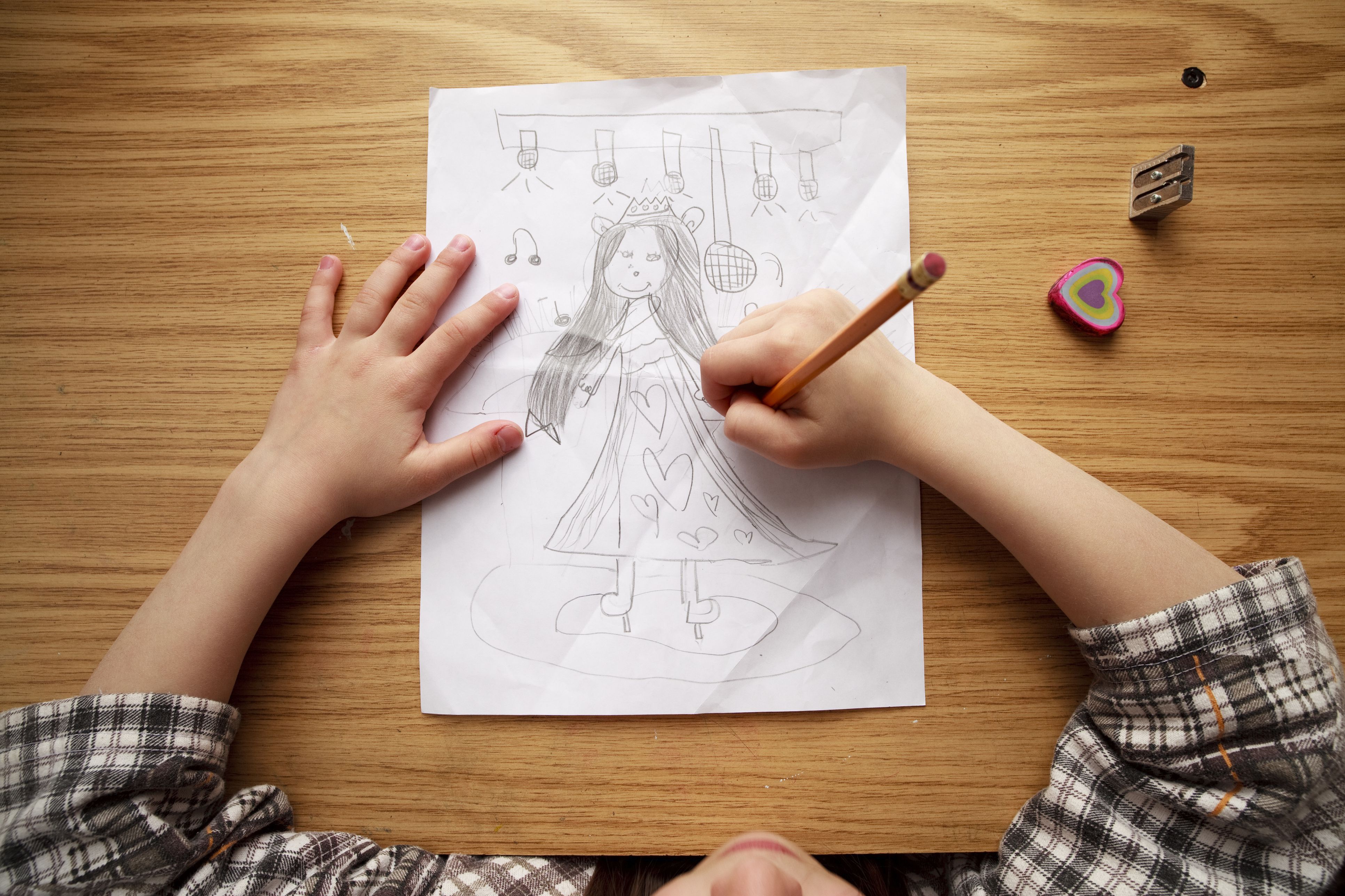Fun ways to teach directed drawing in your weekly lessons
Table of Contents
Table of Contents
Are you looking for a way to teach drawing and painting to others? Maybe you’re a teacher, a parent, or just someone who loves these subjects and wants to share that passion. Whatever your reasons, teaching drawing and painting can be a rewarding experience, but it’s not always easy. In this post, we’ll explore some tips and tricks for how to teach drawing and painting effectively, so you can help others develop their skills and appreciation for these arts.
The Challenges of Teaching Drawing and Painting
Teaching drawing and painting can be difficult because these are highly personal and subjective mediums. There’s no one “right” way to draw or paint, and what works for one person may not work for another. Additionally, many people feel self-conscious or intimidated when it comes to creating art. They may worry that their work will be judged or that they don’t have the “talent” to create something beautiful. These fears can make it challenging to teach these skills effectively.
Answering the Target of How to Teach Drawing and Painting
The key to teaching drawing and painting is to create a supportive environment that encourages exploration and experimentation. You want to help your students feel confident in their abilities and excited to learn more. To do this, you can start by offering a variety of drawing and painting exercises that are accessible to all skill levels. These could include basic techniques such as shading and color mixing, as well as more advanced exercises that focus on composition, storytelling, or personal expression.
It’s also important to provide constructive feedback and support throughout the learning process. Encourage your students to take risks and try new things, even if they’re not sure how it will turn out. Make them feel like their work is valuable and appreciated, regardless of whether it’s “perfect” or not. By creating this positive environment, you can help your students develop a love of drawing and painting that will last a lifetime.
Summarizing the Main Points
In summary, teaching drawing and painting can be challenging, but it’s also incredibly rewarding. To do it effectively, you need to create an environment that’s supportive, engaging, and inclusive. Offer a variety of exercises that cater to different skill levels, provide constructive feedback, and make your students feel valued and encouraged. With these tips in mind, you can help others develop their skills and appreciation for these beautiful art forms.
How to Teach Drawing and Painting Techniques
One of the most important aspects of teaching drawing and painting is providing your students with a solid foundation in basic techniques. These techniques are the building blocks of all drawing and painting, so it’s essential that your students master them before moving on to more advanced exercises.
One fun way to teach these techniques is through directed drawing. This involves breaking down a drawing into simple steps, so that even beginners can follow along and create something beautiful. There are a variety of resources available online that provide directed drawing tutorials, from simple shapes and animals to more complex scenes and characters. By giving your students the tools to create something beautiful from the very beginning, you can help build their confidence and enthusiasm for drawing and painting.
How to Teach Personal Expression Through Drawing and Painting
Drawing and painting are not just about mastering techniques; they’re also about personal expression and creativity. Encouraging your students to develop their own unique style and voice is an essential part of teaching drawing and painting. One way to do this is by offering exercises that focus on personal storytelling and interpretation.
For example, you could ask your students to paint a scene from their favorite book or movie, or to create a drawing inspired by a personal experience or emotion. Giving your students the freedom to express themselves in this way can be incredibly empowering and rewarding. It allows them to develop their own unique style and perspective, while also building their confidence and creativity.
Teaching Drawing and Painting in the Digital Age
In today’s digital age, drawing and painting are no longer limited to traditional mediums. There are a variety of digital tools available that can help make these art forms even more accessible, from drawing tablets and software to online tutorials and communities.
One way to incorporate digital tools into your teaching is by introducing your students to digital drawing and painting software such as Adobe Photoshop or Procreate. These tools offer a variety of features and options that can make drawing and painting even more fun and engaging, and they can also open up new possibilities for personal expression and creativity.
Question and Answer
Q: How do I encourage my students to be more confident in their abilities?
A: Building your student’s confidence is key to helping them succeed in drawing and painting. One way to do this is to provide positive feedback and support throughout the learning process. Encourage your students to take risks and try new things, even if they’re not sure how it will turn out. Also, be sure to emphasize that there is no “right” or “wrong” way to draw or paint, and that personal expression is the most important thing.
Q: What if my student is struggling with a particular technique?
A: If your student is struggling with a particular technique, try breaking it down into smaller steps that are more manageable. Also, be sure to provide clear and concise instructions, and offer plenty of opportunities for practice and feedback. Finally, be patient and encouraging, and emphasize that progress takes time and practice.
Q: How can I make drawing and painting more fun and engaging for my students?
A: One way to make drawing and painting more fun and engaging is to offer a variety of exercises and activities that cater to different interests and skill levels. You could also incorporate games, challenges, or collaborations that encourage creativity and exploration. Finally, be sure to provide a positive and supportive learning environment that encourages experimentation and personal expression.
Q: How can I incorporate drawing and painting into other subjects, such as math or science?
A: There are a variety of ways to incorporate drawing and painting into other subjects, such as by creating art-inspired math problems or science experiments. For example, you could ask your students to create drawings or paintings that visually represent mathematical concepts, or to create scientific illustrations of different organisms or phenomena. By incorporating these art forms into other subjects, you can help your students develop a deeper understanding and appreciation of both art and science.
Conclusion of How to Teach Drawing and Painting
Teaching drawing and painting can be challenging, but it’s also incredibly rewarding. By creating a supportive and engaging learning environment, offering a variety of exercises and activities, and encouraging personal expression and creativity, you can help your students develop a love of these beautiful art forms that will last a lifetime.
Gallery
Basic Drawing Techniques | Basic Drawing, Basic Drawing For Kids

Photo Credit by: bing.com /
Pin On KY 2

Photo Credit by: bing.com / parakeets parakeet skizzieren
Drawing And Painting Lessons - ITutor

Photo Credit by: bing.com / itutor
How To Draw A Scenery With Pencil Shading Step By Step / I Draw Almost

Photo Credit by: bing.com / meaning suki kaku shading beginner saku inhibit thoughtco scenery kidsdrawing liveabout kisselev igor embarquées
Fun Ways To Teach Directed Drawing In Your Weekly Lessons

Photo Credit by: bing.com / instruction






